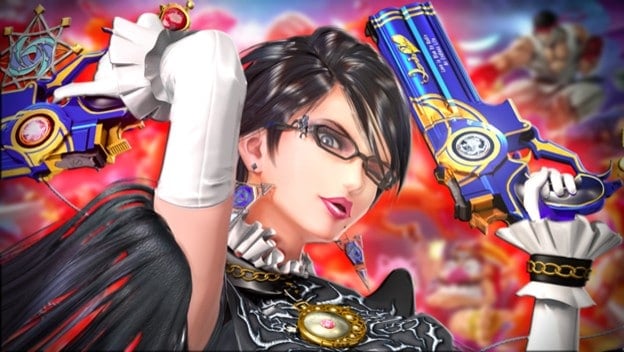Before Super Smash Bros. Ultimate was announced, I was conversing with a friend over our hopes and fears. You see, I really liked the Super Smash Bros. I love Bayonetta and Cloud which, I know, makes me a trash troll in the eyes of many. I accept this. What I told my friend was that I am excited to see what new characters we get, but am more worried about what we would be losing. At this point, I’m not certain an employee from Nintendo didn’t have my microphone tapped, because the core message of the Super Smash Bros. Ultimate presentation at E3 2018 was that every character from every Smash would be in this game. Every. Single. Character. That’s huge.
But this didn’t register as simple fan service to me. Smash Bros. has a competitive scene but it’s a very divided one; different players and viewers prefer different iterations of the game, in part, because of the different characters and balances. The inclusion of every character seems like it could close this rift, which could make Smash Bros. a prominent competitive game. A fragmented audience is no good.
Nintendo hasn’t always been super friendly to its competitive scene, though. In the past, it has prohibited MLG from broadcasting Smash Bros. matches. It has, however, sponsored its own “Smash International” tournaments, and this year will be no different. There’s a sense that Nintendo really likes the big tournaments to be on its terms, but there is a trend of them easing up on their regulations.
Super Smash Bros., as far as competitive scenes go, is still sort of niche. Right now, the big names are very traditional fighters like Dragon Ball FighterZ or Street Fighter V. The scene itself can be very picky; just take a look at Marvel Vs Capcom: Infinite which was expected to be the successor to the once popular tournament game Marvel Vs Capcom 3. Adoption into the scene is a hard task to pull off.
But Nintendo might be able to do it. In addition to appeasing players with the inclusion of every character, Nintendo seems to be playing up the skill and technique of its game. This is important because in the eyes of some, the game can be unbalanced and, at times, random. There are a few examples hinting at a new philosophy, though. Now Ryu, a crossover from the Street Fighter franchise will control differently in 1 on 1 matches; he will always turn to face his opponent like he does in his own game. That is to prevent input error and because that characters inputs are also taken from his original game, this is an important decision. Additionally, stages will be chosen before the character selection process, so competitors will be able to incorporate strategy into their choices.

The decision to make UI options, like Cloud’s Limit Break bar, visible to players also highlights a competitive mentality. A large part of fighting games lies in a player’s ability to read and predict their opponent. The presence of gauges is one item in that toolkit. Stages designed to even the playing field make a return with a wide selection of levels that thematically capture different franchises and are flat or contain simple platforms. Most importantly, though, the game will be faster than its predecessor, which was a big trait pulling people to Smash Bros. Melee
It’s hard to say if any of this is Nintendo’s intent. Obviously, they want to make the best game they can and all these traits could just be an attempt to realize that goal. But they also implicitly make the game more competitive while also having the ability to attract players from old games. Of course, in the end, it doesn’t matter if Nintendo is designing their game to be a prominent competitive game; the scene will decide that. Nintendo can only get in its way but I don’t think it wants to.
